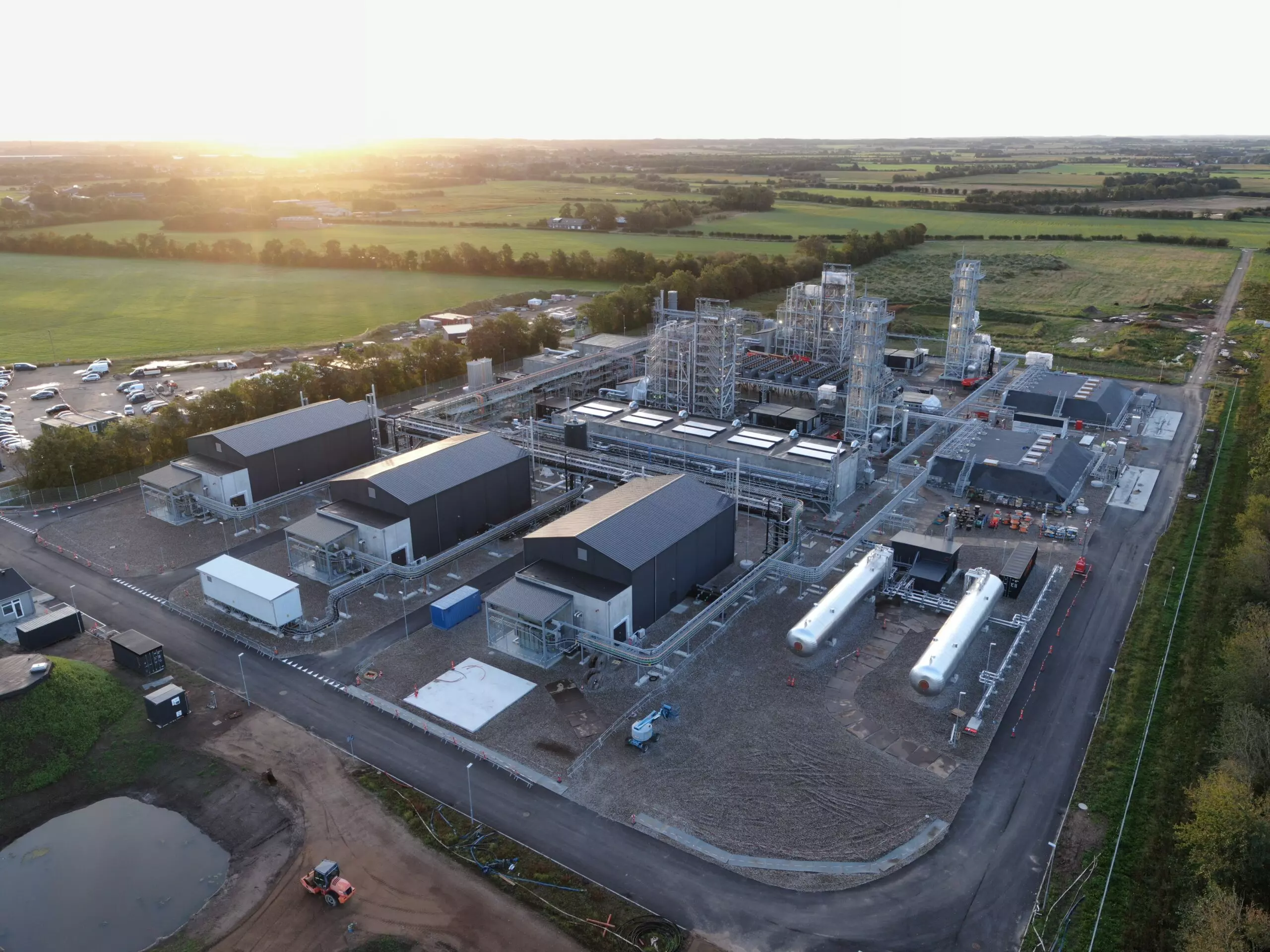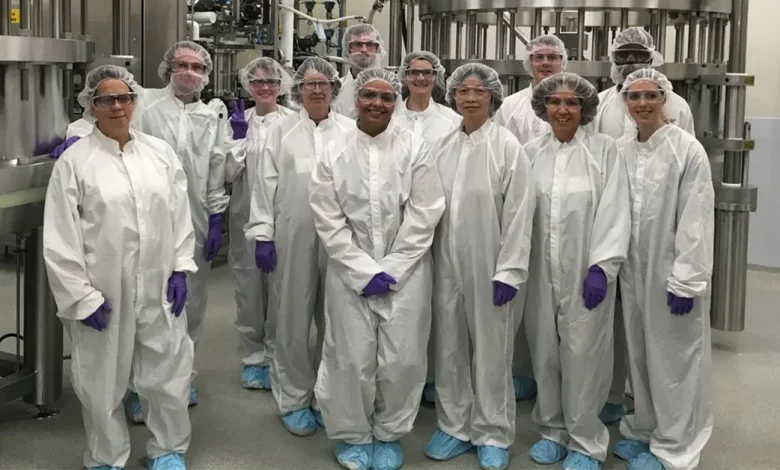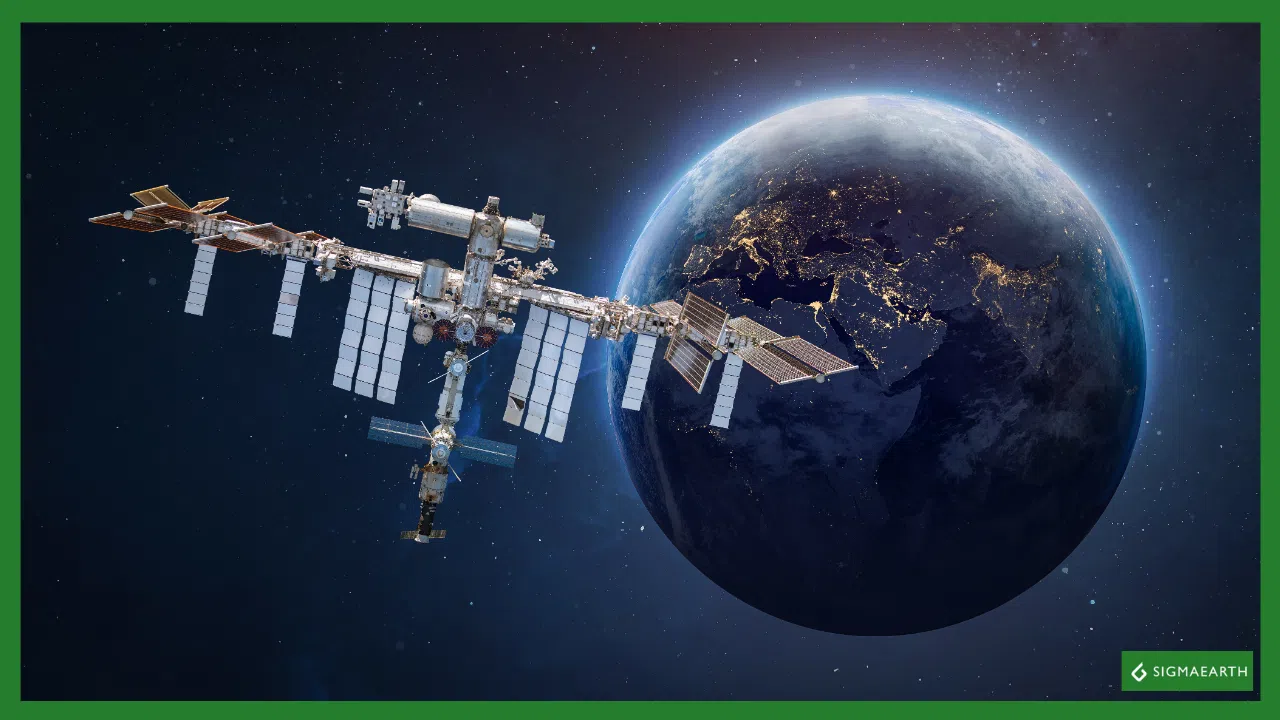- Courses
- GS Full Course 1 Year
- GS Full Course 2 Year
- GS Full Course 3 Year
- GS Full Course Till Selection
- Online Program
- GS Recorded Course
- NCERT (Recorded 500+ Hours)
- Polity Recorded Course
- Geography Recorded Course
- Economy Recorded Course
- AMAC Recorded Course
- Modern India, Post Independence & World History
- Environment Recoded Course
- Governance Recoded Course
- Science & Tech. Recoded Course
- International Relations and Internal Security Recorded Course
- Disaster Management Module Course
- Ethics Recoded Course
- Essay Recoded Course
- Current Affairs Recoded Course
- CSAT
- 5 LAYERED ARJUNA Mentorship
- Public Administration Optional
- ABOUT US
- OUR TOPPERS
- TEST SERIES
- FREE STUDY MATERIAL
- VIDEOS
- CONTACT US
World's first commercial-scale e-methanol plant opens in Denmark
World's first commercial-scale e-methanol plant opens in Denmark

Significance: GS III; Science and Technology; Clean Energy;
Why in the news?
Denmark has just opened the world’s first big factory that makes “e-methanol”—a new, cleaner fuel.
|
What is e-methanol?
|
Comparison between Methanol and e-methanol:
|
Feature |
Methanol |
E-Methanol |
|
How it’s made |
From fossil fuels (natural gas, coal, oil) |
From renewable electricity, water, and captured CO₂ |
|
Main ingredients |
Hydrogen and carbon (from fossil sources) |
Hydrogen (from water via electrolysis using green power) + CO₂ (from air or biogenic sources) |
|
Environmental impact |
Produces new CO₂ emissions when made and used |
Can reduce carbon emissions by up to 95%—almost net zero |
|
Sustainability |
Not sustainable—relies on fossil fuels |
Highly sustainable—uses renewable resources and recycles CO₂ |
|
Uses |
Fuel, chemicals, antifreeze, etc. |
Same uses, but much cleaner for the environment |
How does E-methanol change the game?
- Recycles Carbon Dioxide: E-methanol is made by combining hydrogen (from renewable electricity) with CO₂ captured from the air or industrial sources.
- When e-methanol is burned, it releases CO₂, but this is the same CO₂ that was used to make the fuel, so it doesn’t add extra carbon to the atmosphere.
- Uses Renewable Energy: The hydrogen used in e-methanol production comes from water split using wind, solar, or hydropower, making the process fossil-free and significantly reducing the carbon footprint compared to traditional fuels.
- Big companies like Maersk (shipping), LEGO (toys), and Novo Nordisk (medicines) will use e-methanol to make their products and transport goods in a way that’s much better for the planet.
- Net-Zero or Low Emissions: E-methanol can reduce greenhouse gas emissions by up to 95% compared to fossil fuels, and it also produces far fewer pollutants like nitrogen oxides and sulfur oxides, improving air quality.
- Fits Existing Infrastructure: E-methanol is a liquid at room temperature, so it can be stored, transported, and used in today’s fuel tanks, pipelines, and engines without major changes. This makes it easier and cheaper to adopt than some other green fuels.
- Versatile Applications: It can be used in shipping, aviation, cars, and as a raw material for making plastics, chemicals, and other products, helping decarbonize sectors that are hard to electrify directly.
- The factory even uses leftover heat from making e-methanol to warm thousands of local homes
- Energy Storage: E-methanol can store surplus renewable electricity as chemical energy, helping balance supply and demand for green power.
What are the challenges associated with e-Methanol and the Future Outlook?
- Cost: Right now, e-methanol is more expensive than regular fuel because it’s new and not made in huge amounts yet.
- But this plant is a first step—if more factories like this are built, costs can come down and more companies can use cleaner fuel.
- Scaling Up: The plant’s output is only a small fraction of what is needed for global shipping, highlighting the need for more facilities and cost reductions to achieve widespread adoption.
- European Energy aims to expand this model to other regions, including Europe, Australia, Brazil, and the USA.
Conclusion: This Denmark plant is a big step towards cleaner fuel for ships and factories, showing the world how renewable energy and smart technology can help fight pollution and climate change.
|
Also Read |
|
| FREE NIOS Books | |




